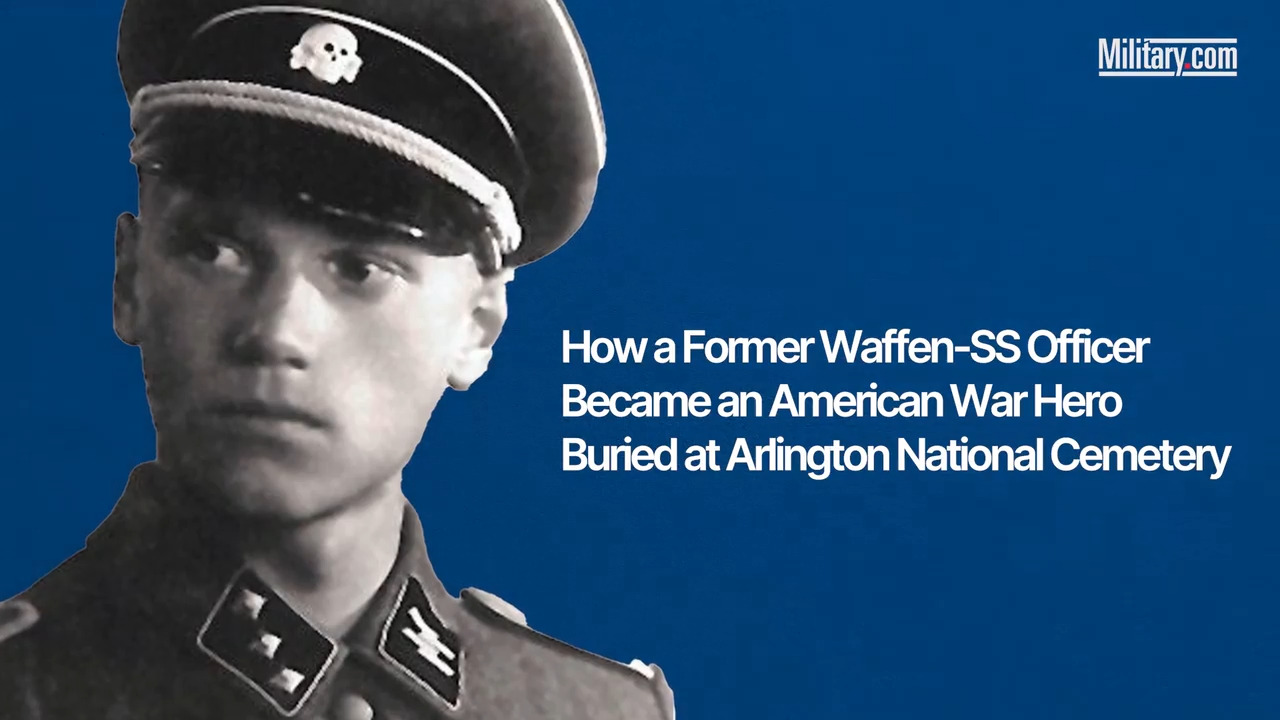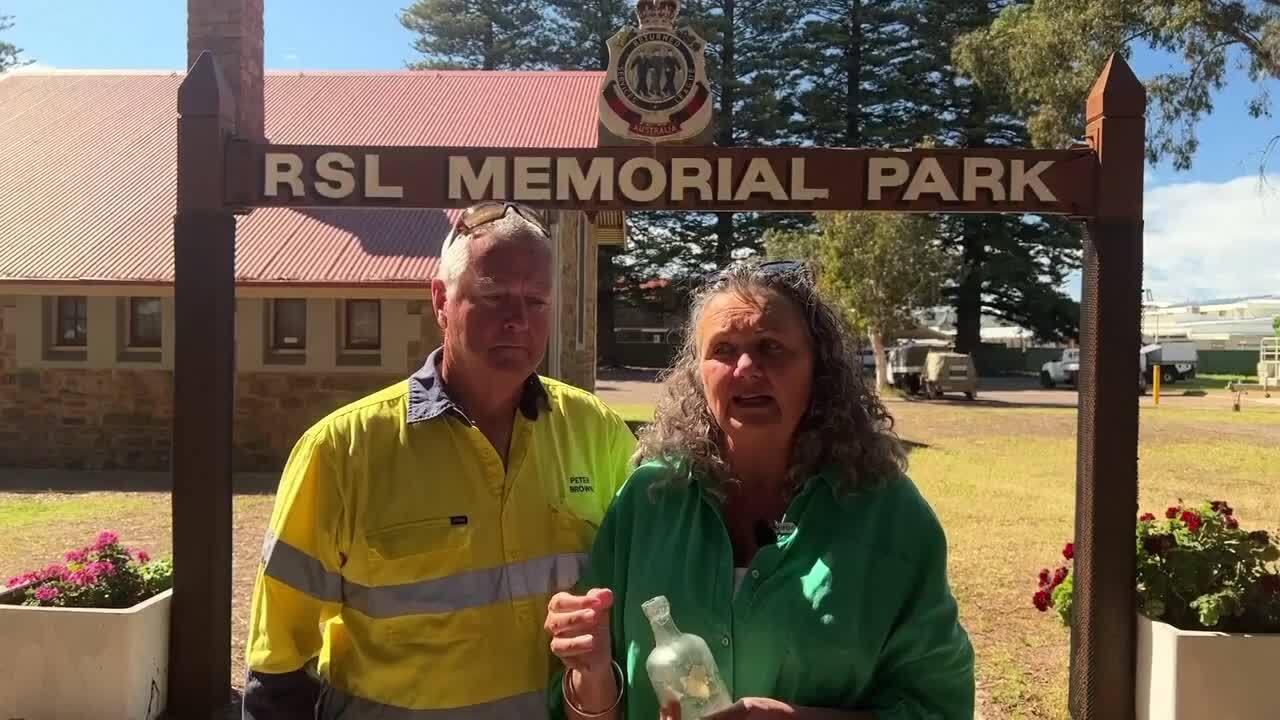THEBEPHATSHWA AIR BASE, Botswana – Marine Cpl. Kyle Swanson watched as soldiers from the Botswanan Defense Force engaged targets with rubber balls and “flash bangs,” high-powered grenades that emit an ear-splitting boom and intense light, but no shrapnel.
The weapons, part of the Marine Corps’ non-lethal weapons program, proved to be a hit with the BDF soldiers, many of whom had never heard of them before the Southern Accord 12 exercise under way here. The exercise, led by U.S. Army Africa, includes soldiers, Marines, airmen and sailors who are working with the BDF to build capability and enhance the bilateral partnership.
Such devices intimidate or inflict pain or discomfort, but aren’t designed to kill, explained Swanson, a non-lethal weapons instructor with the Marine Corps Reserve’s Military Police Company in Minnesota. “This gives them something other than lethal weapons that they can use when that’s the best tool. You don’t always have to jump to using bullets. Sometimes the best approach is to de-escalate things without having to hurt anybody.”
The Botswanan troops were visibility excited as Swanson and his fellow instructors from the Marine Corps Reserve’s Military Police Company explained the different kinds of non-lethal tools and weapons and demonstrated how to use them.
“This is really valuable to the BDF, something we can use in our operations,” said BDF Sgt. Oaitse Monnakgosi. “We could use this to control or disperse crowds. It’s something that could help our police officers on patrols. There are a lot of ways we could apply this capability,” Monnakgosi added.
Non-lethal weapon skills are just one type of training U.S. Marines and soldiers deployed here for exercise Southern Accord are sharing with their Botswanan counterparts.
The trainers, most from the 4th Marine Division’s Company D, Antiterrorism Battalion and the New Jersey Army National Guard’s Company A, 1st Battalion, 114th Infantry Regiment, are sharing expertise gained through real-world operations with what they call an impressively proficient BDF force. “Many of them have done multiple U.N. missions. And they already know so much about tactics in our country,” said Marine Corps Cpl. James Dunn, a platoon sergeant with the Marine Antiterrorism Battalion.
But while many of the more senior BDF troops have served in peacekeeping missions, Dunn said the bulk of the younger ones have served primarily in anti-poaching operations. “So our focus is really on the junior BDF forces,” building on strengths within their military: good tactical training, strong discipline and athleticism, among them.
Partnering with a BDF platoon, Dunn and his fellow Marines instructed them in cordon-and-search methods, detainee operations and patrolling techniques that could be applied to peacekeeping and other missions.
“We did the crawl-walk-run building block approach to training,” said Marine Corps Maj. Robert Lafferty, the Marine Antiterrorism Battalion commander. “We started with classes, then practical applications, and then transitioned into the final exercise.”
That exercise included a scenario in which the BDF troops were challenged to search for a notional hostage and kill or capture a high-value target.
Marine Corps Capt. John Strange, who served as the inspector instructor for the training, congratulated the BDF troops for “good aggressiveness” that he said “got me amped.” He advised them to maintain situational awareness, particularly during urban operations -- “the hardest thing you will do” -- and to keep clear heads as they respond to enemy fire and conduct casualty-care operations.
“Calm breeds calm,” Strange told the BDF noncommissioned officers. “If you are calm, your soldiers will be calm.”
“We as a whole have been very impressed with the [BDF’] level of proficiency,” Lafferty said. “They have a lot of the same concepts and tactics that we employ. They may call them something different, but there are a lot of similarities.”
As the Marines share their expertise, Lafferty said they’re gaining a lot in return. “This reinforces that what we are teaching is sound. It is universal across the militaries -- the same tactics, techniques and procedures,” he said. “And I think it instills confidence in the Marines that now they are teaching instead of being taught, too. So it is helping them grow.”
For some Marines who haven’t deployed outside the United States, Lafferty said it’s an eye-opening experience. “They’re learning how to interact with the U.S. Army, how to interact with a foreign country, how to deal with language barriers and cultural differences,” he said. “This is a real eye-opener for many of the Marines. So morale is very high and they are having a great time.”
Dunn, who has served two combat deployments, said he’s found strong common ground with the BDF troops.
“A lot of them joined the military for the same reason that we did. What we both want to do is defend our countries,” he said. “And that gives us a special camaraderie.”


























